With the support of many brilliant friends and community members—who become friends along the way—I organize large-scale dinners, participatory happenings, and experimental exhibitions! The name Copenger comes from the street where the first dinners took place and the ideas began to flourish.
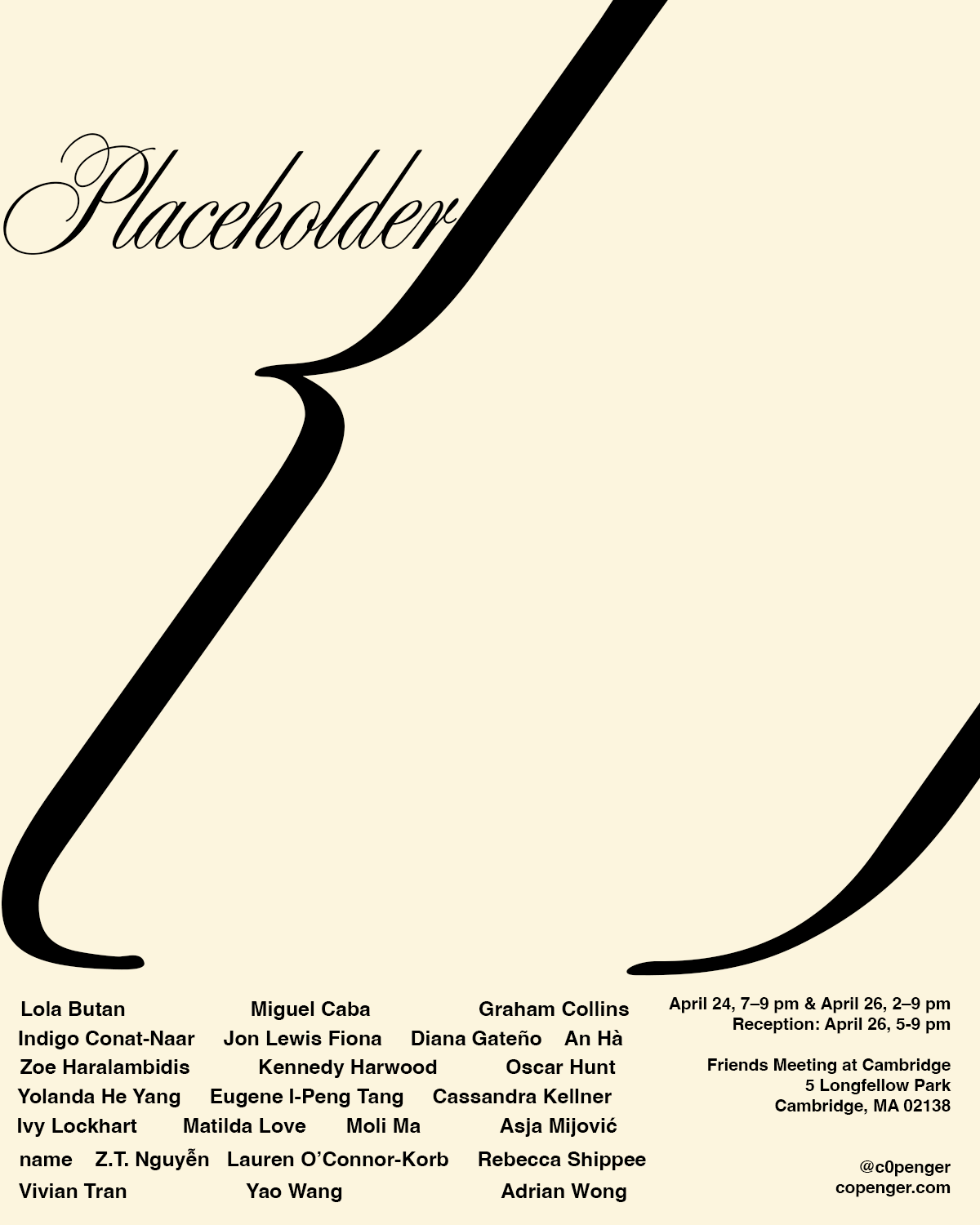
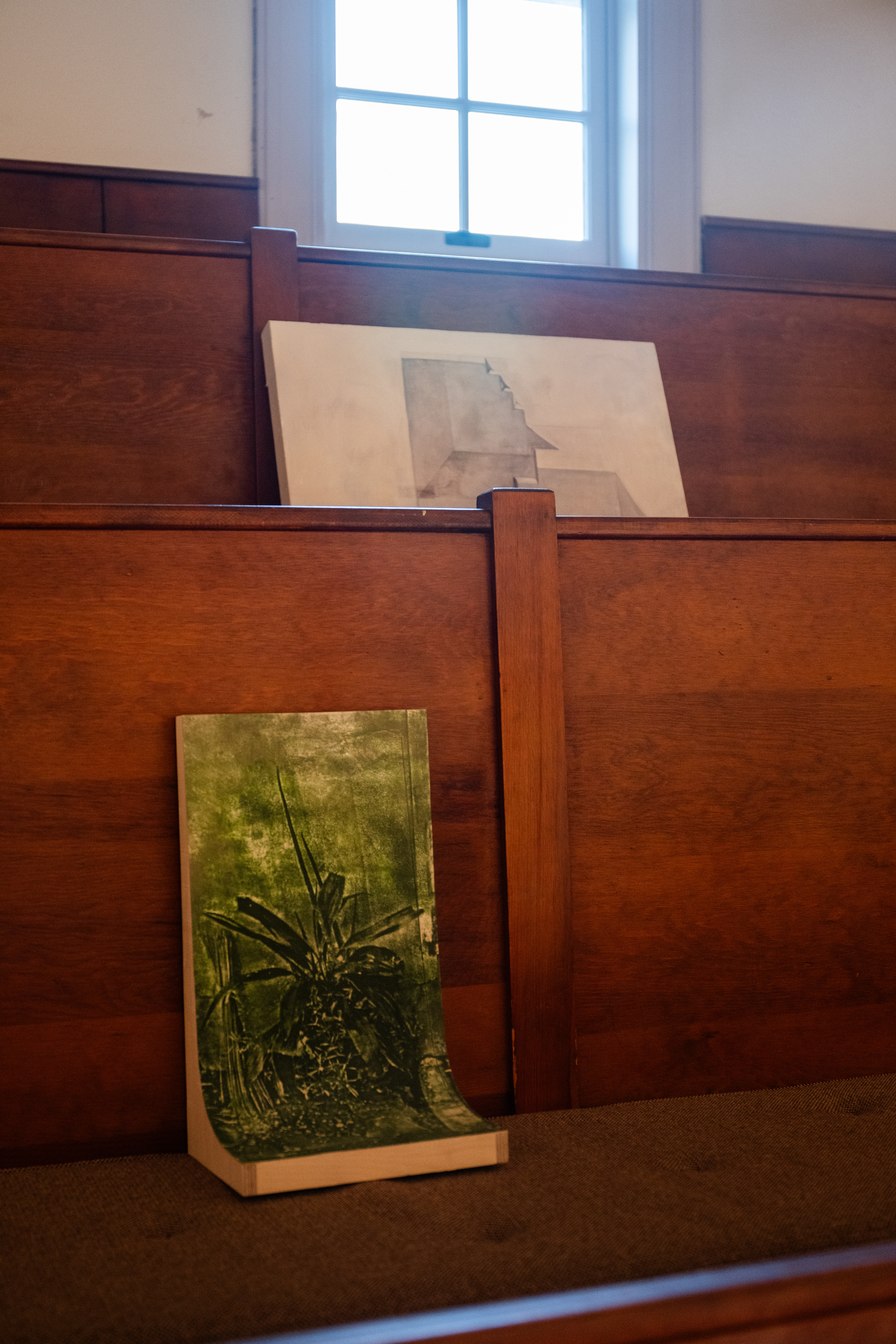

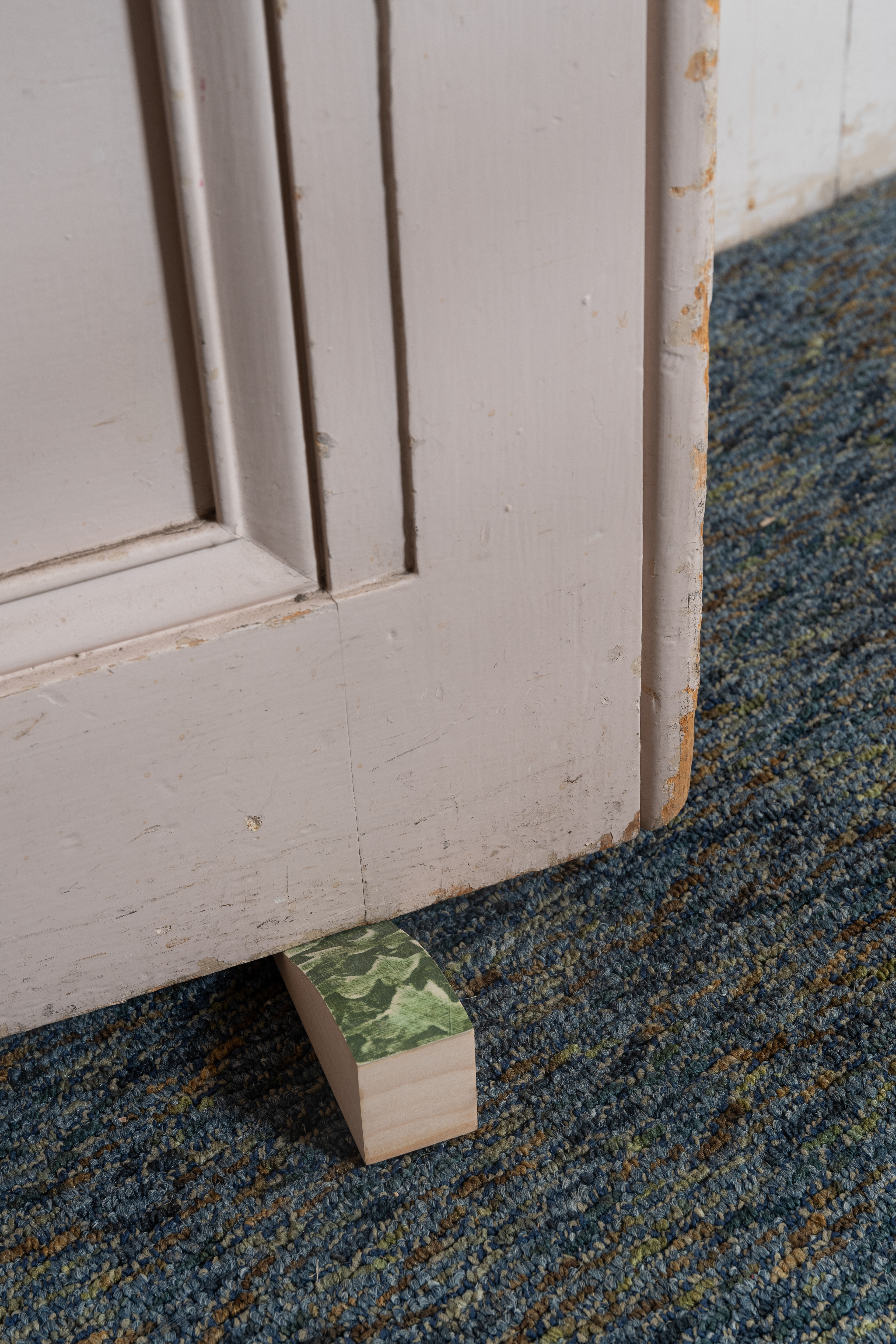
At many Quaker meetings, individuals gather in silence, seated on pews facing each other. Anybody who feels so compelled may stand up and speak. Here, a seemingly mundane gathering of people becomes spiritual. Breathing, seeing, hearing, and being are now saturated with heightened awareness. Every once in a while, a voice chimes in and contributes meaning to the quiet. The slightest movements, of sharing space in close proximity, become magnified. Inside a large room, a complete gathering of strangers draws out the sonic weight of stillness.
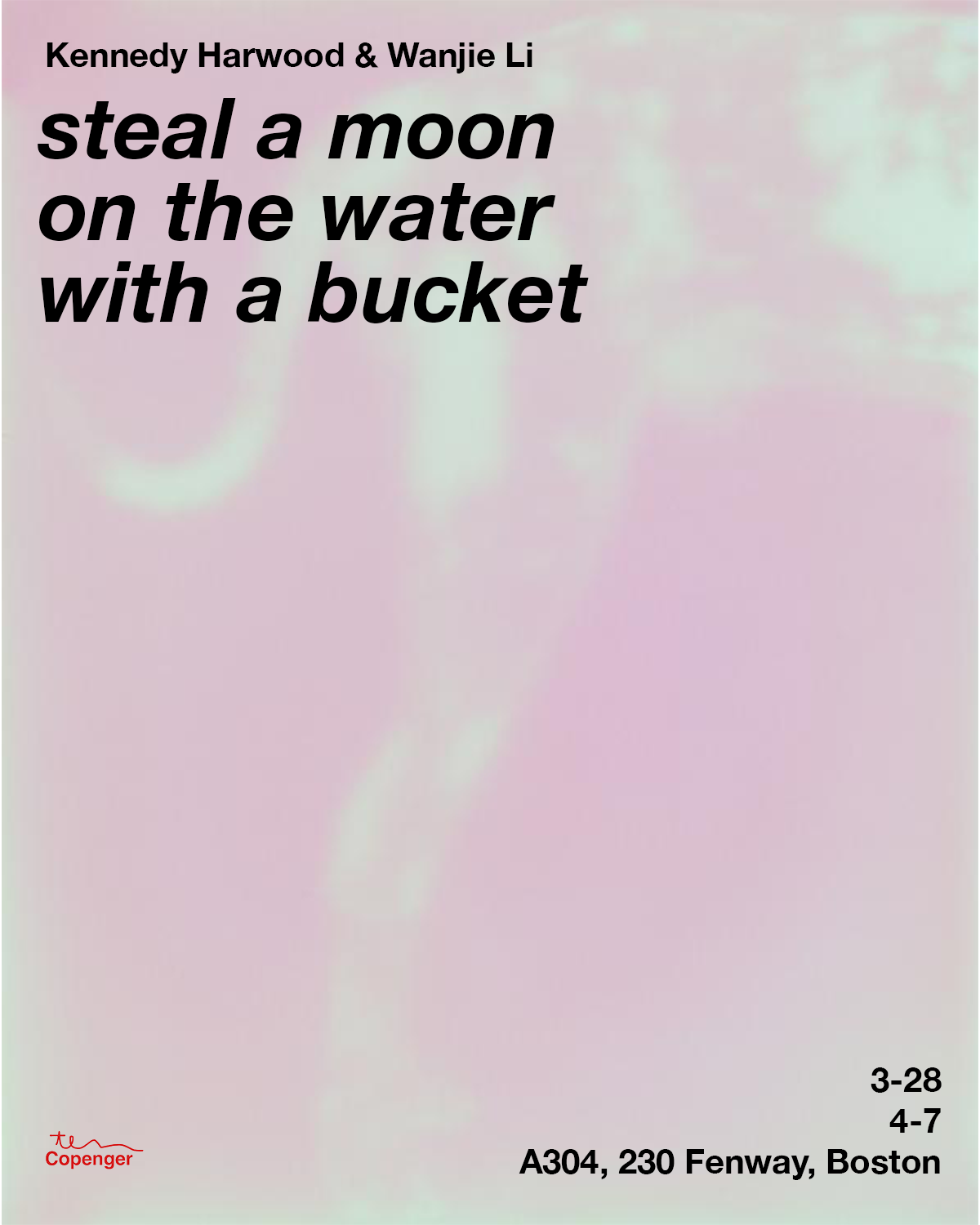
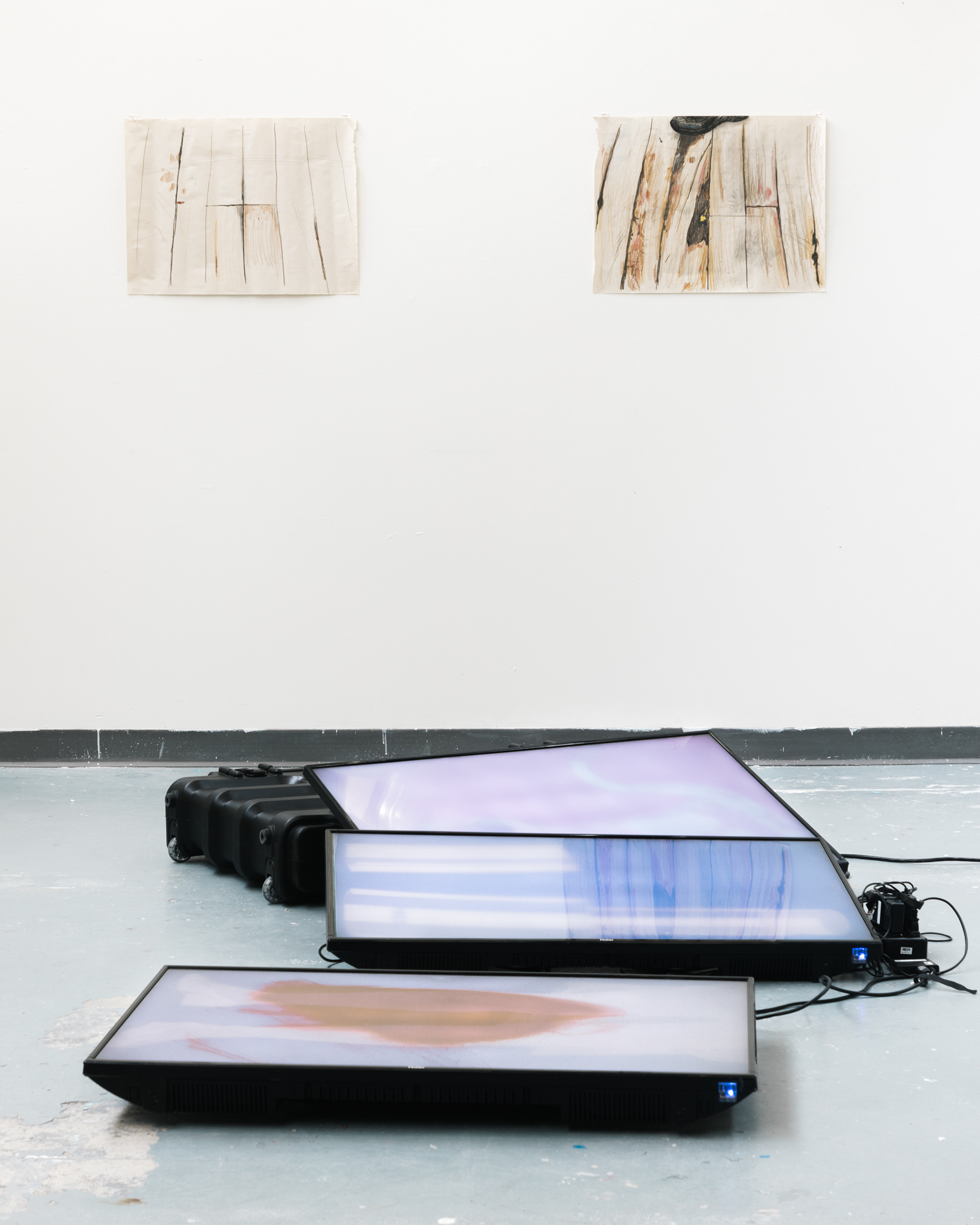

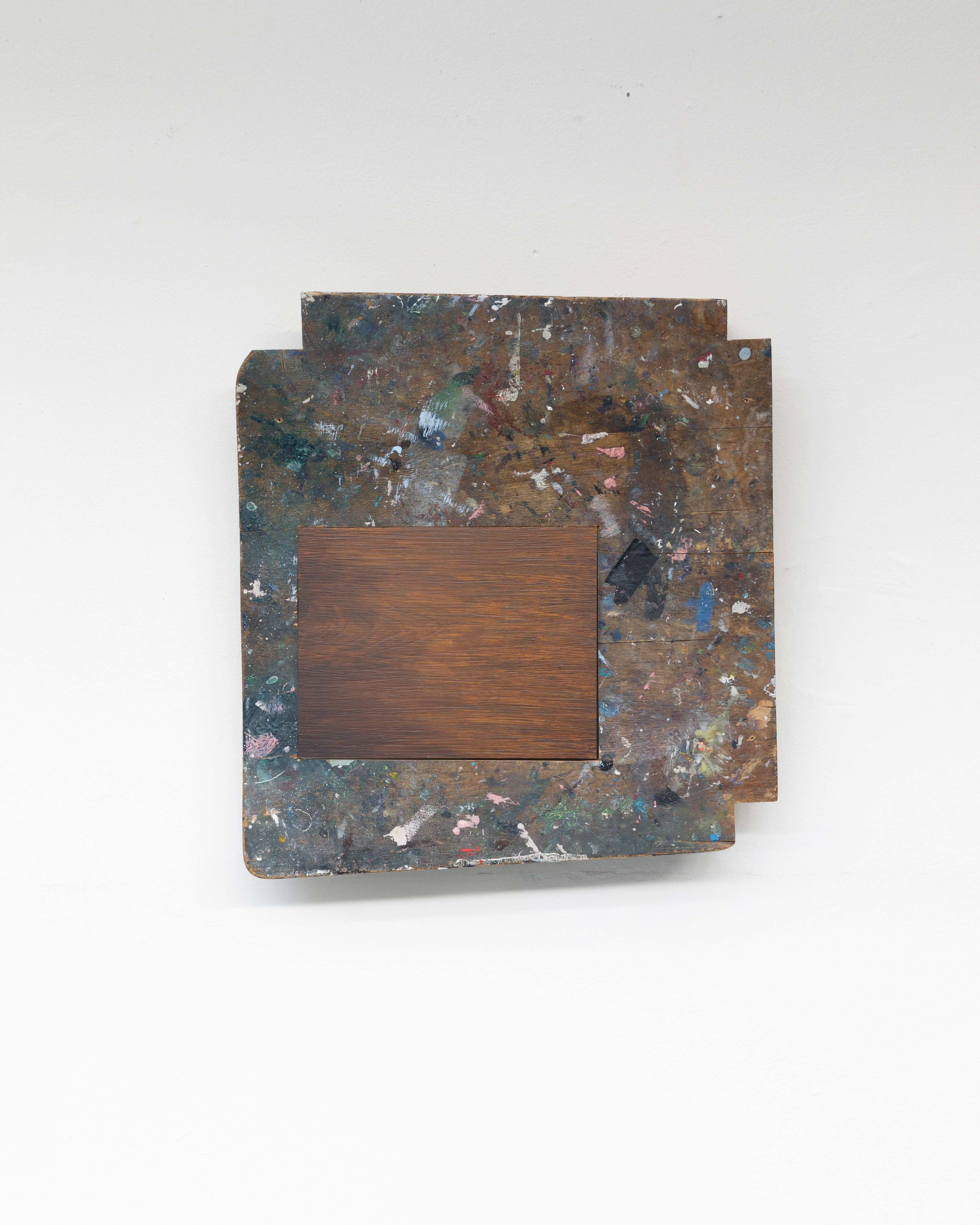
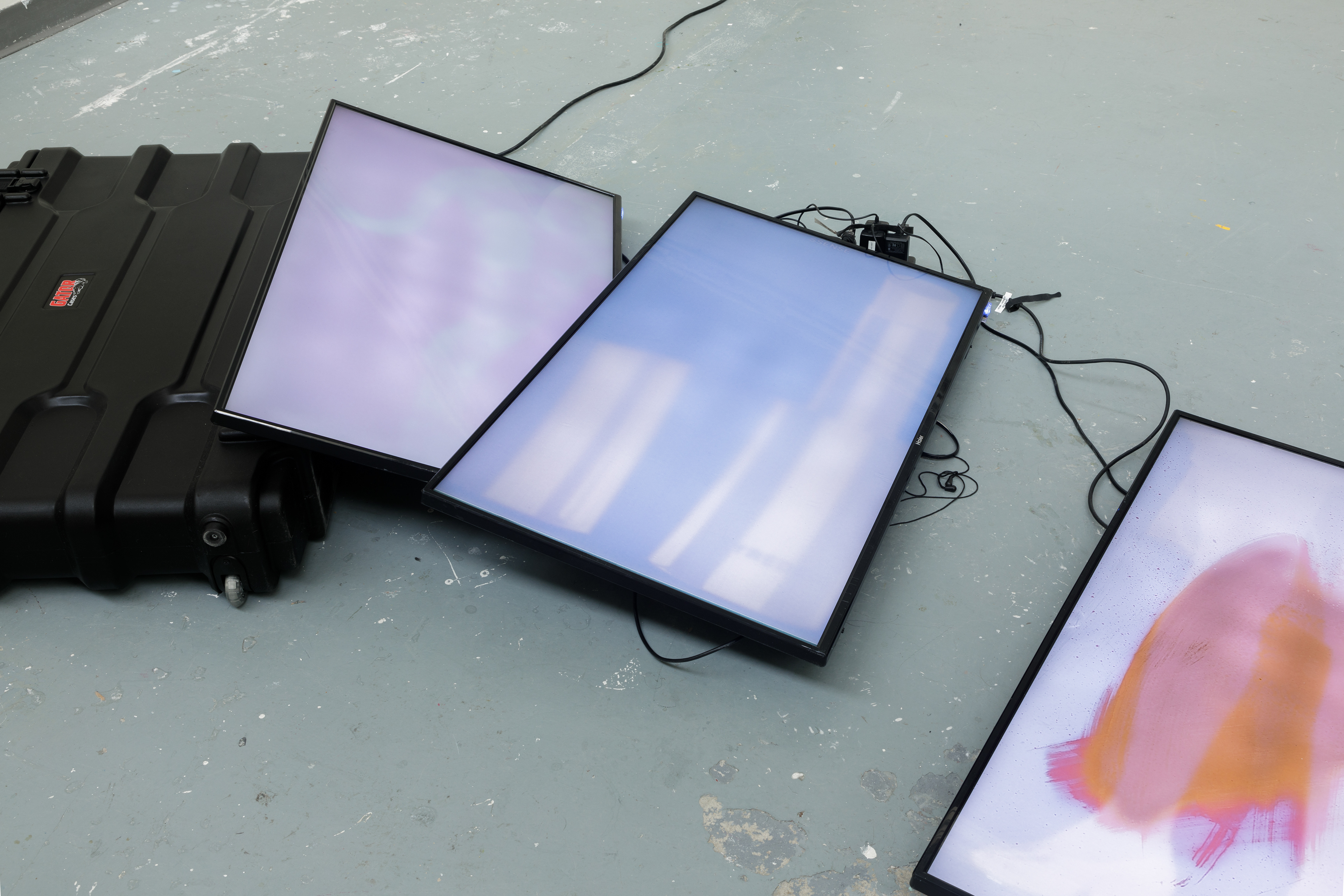
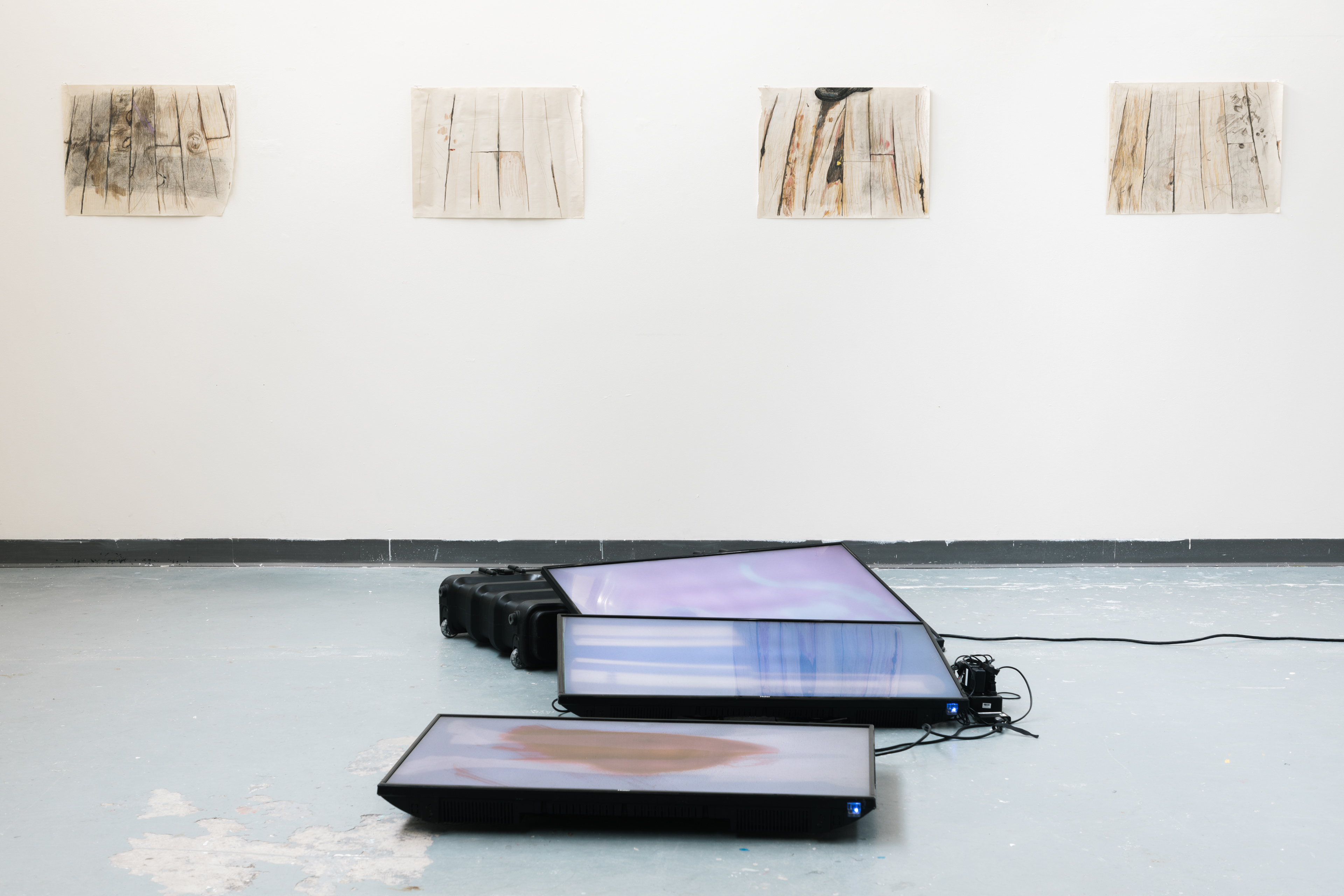
Steal a moon on the water with a bucket
by Kennedy Harwood and Wanjie Li
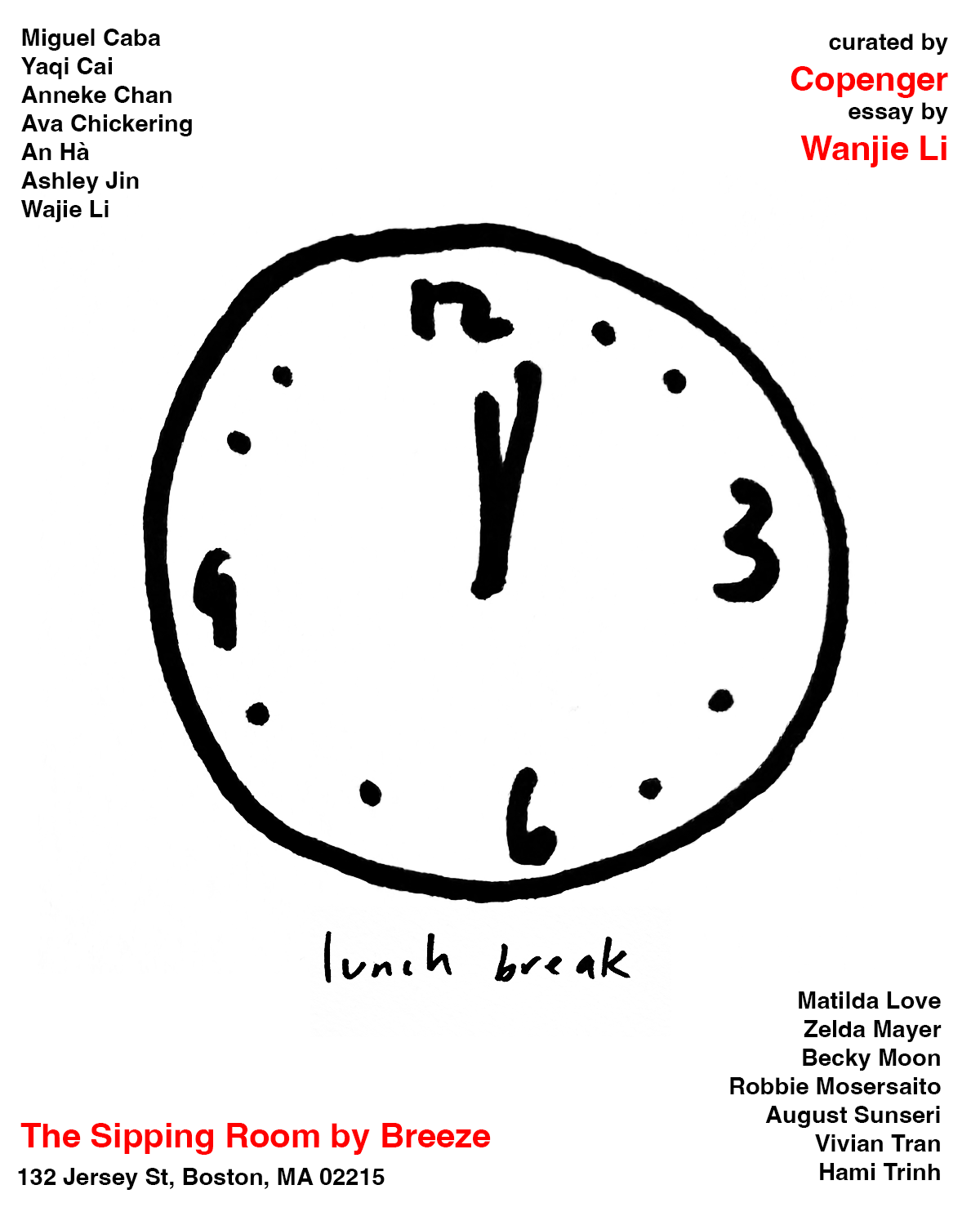
Lunch is a surprisingly recent invention. As with other standards of clock-time by which most of us live today, one of its origins is in the factory, and it took solid shape as the industrial revolution unfurled. Sometime around the mid-19th century, the lunch break as we know it, one precious hour during the workday that we might call ours, came into being.
This show probes some of those questions of labor and leisure that the history of lunch provokes. What kinds of labor do artists perform? What kinds of labor go into making an artwork? And is there a difference?
- Wanjie Li




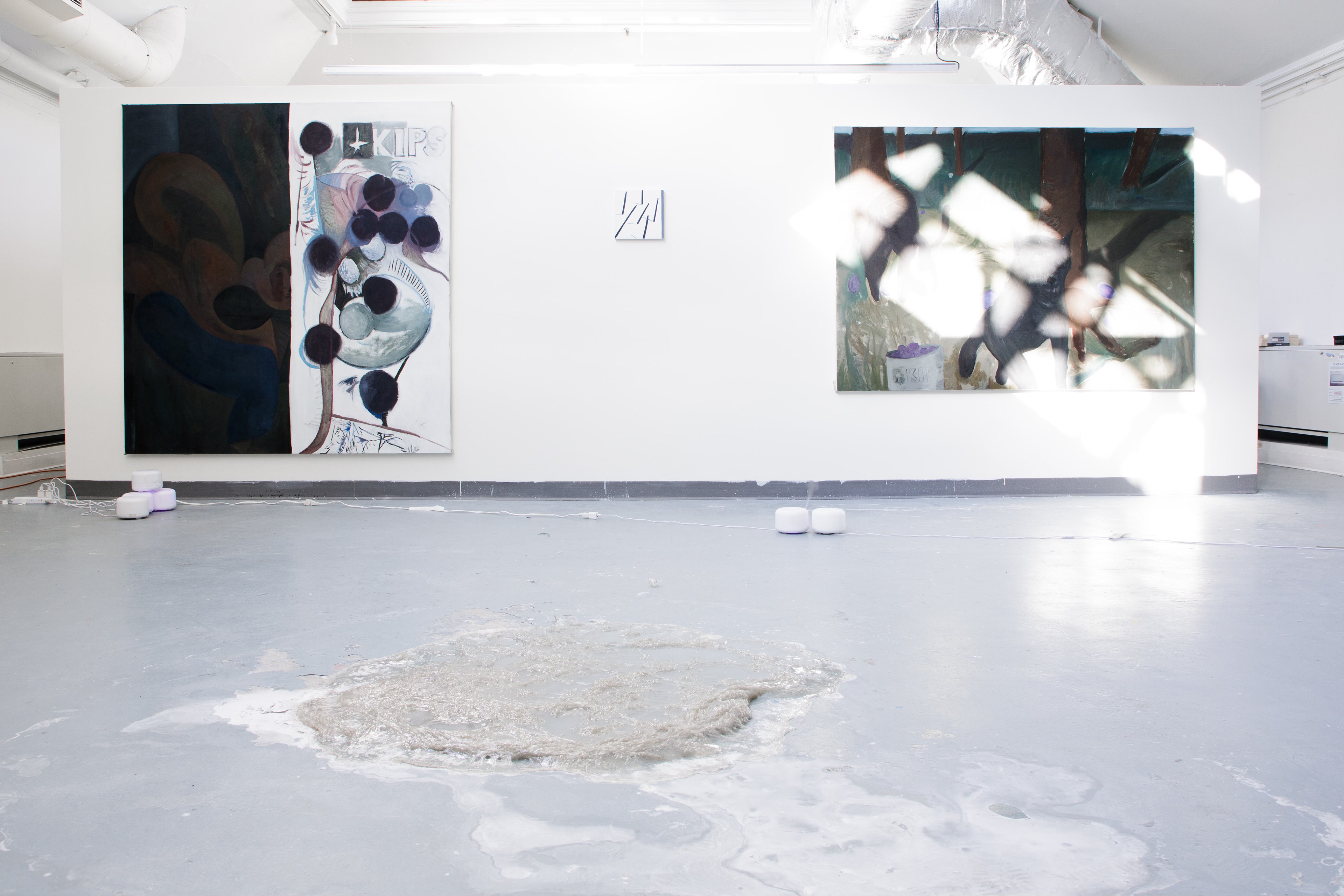
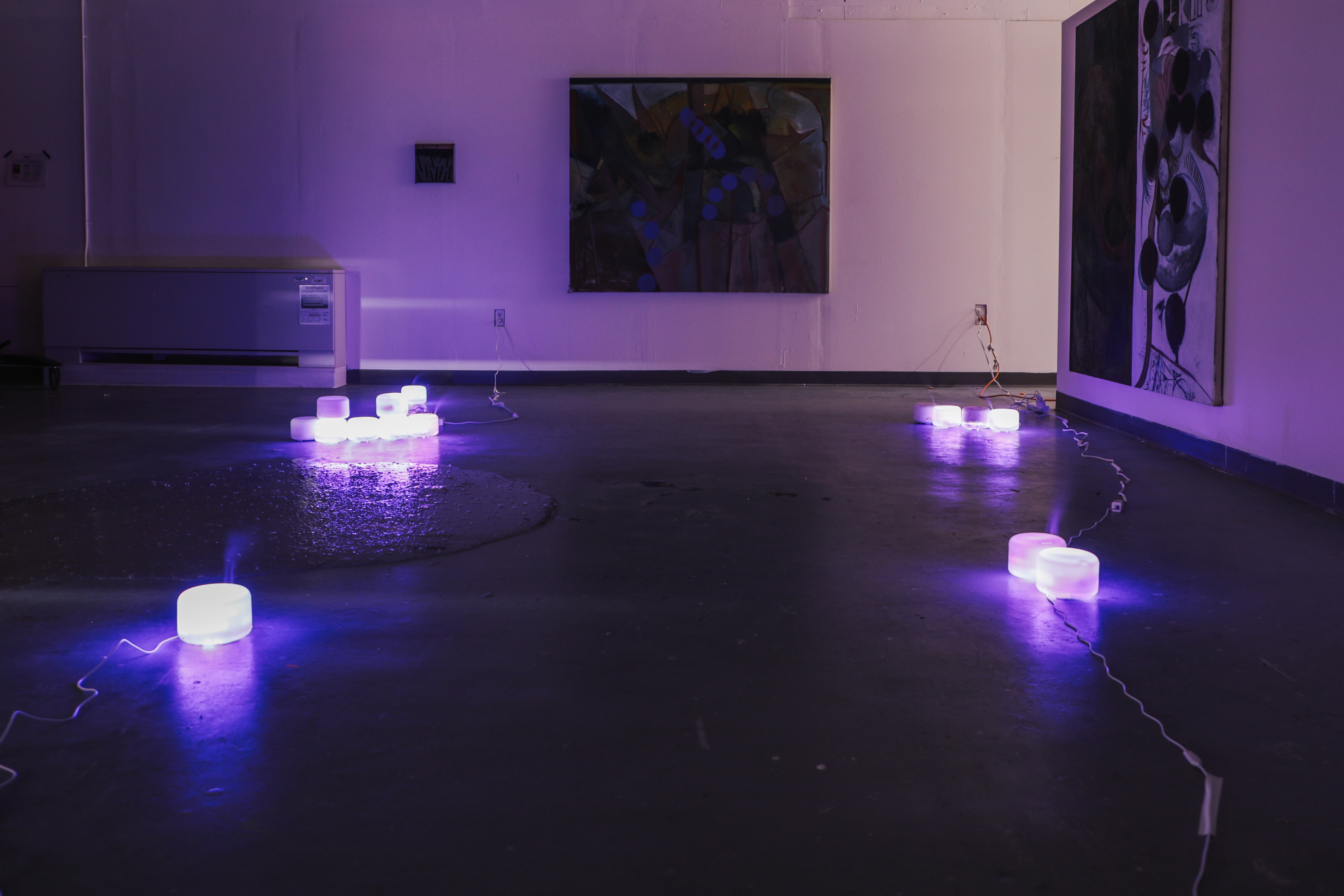
"
"Time spirals up, passing the same points over and over again only higher up. (a Mesoamerican idea)
The differences in our lives are trivial. From far up it will look like we all lived the same life."
excerpt from Microbiological Sameness: Life as a Regenerative Resource
by Ava Chickering
images by Wanjie Li



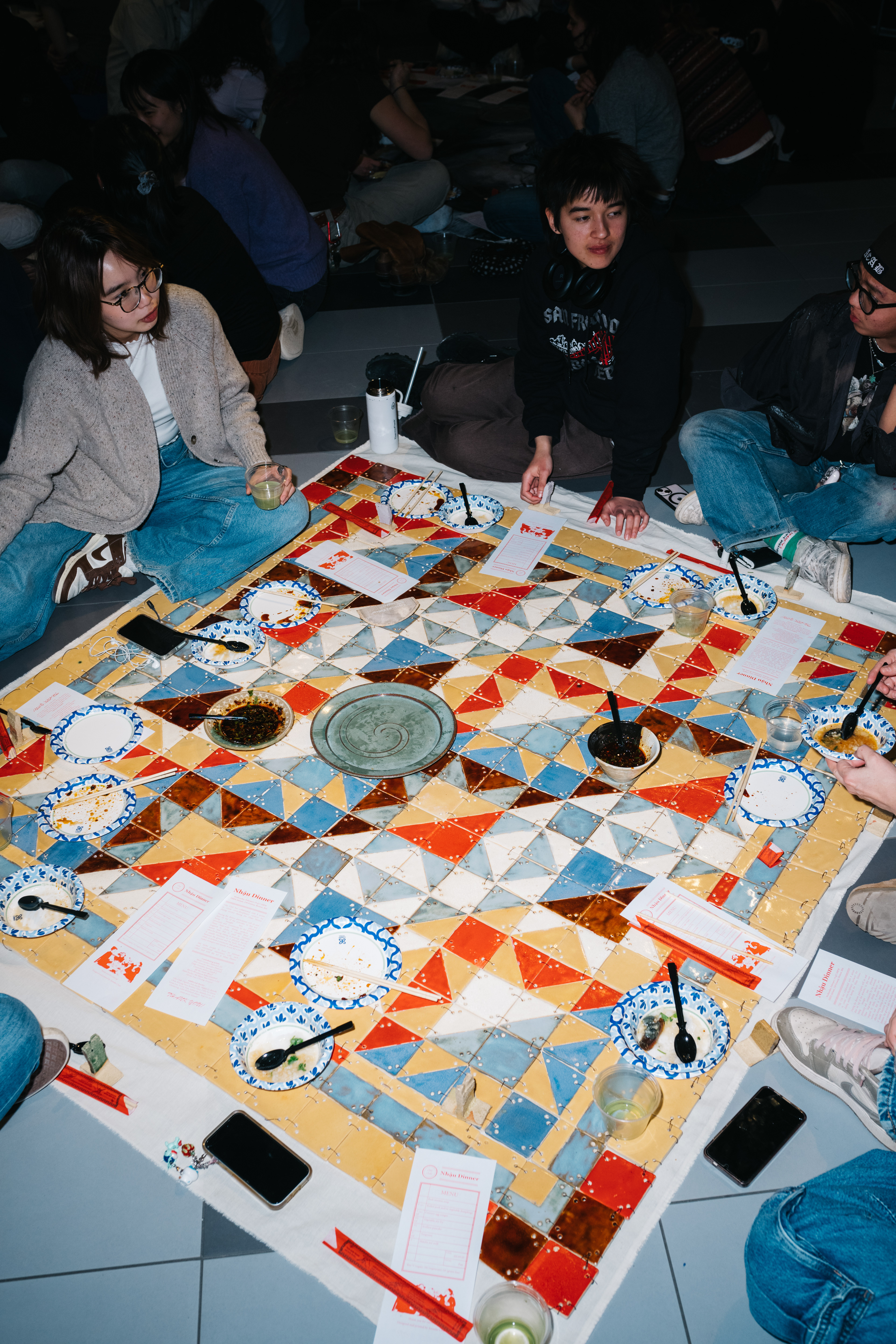


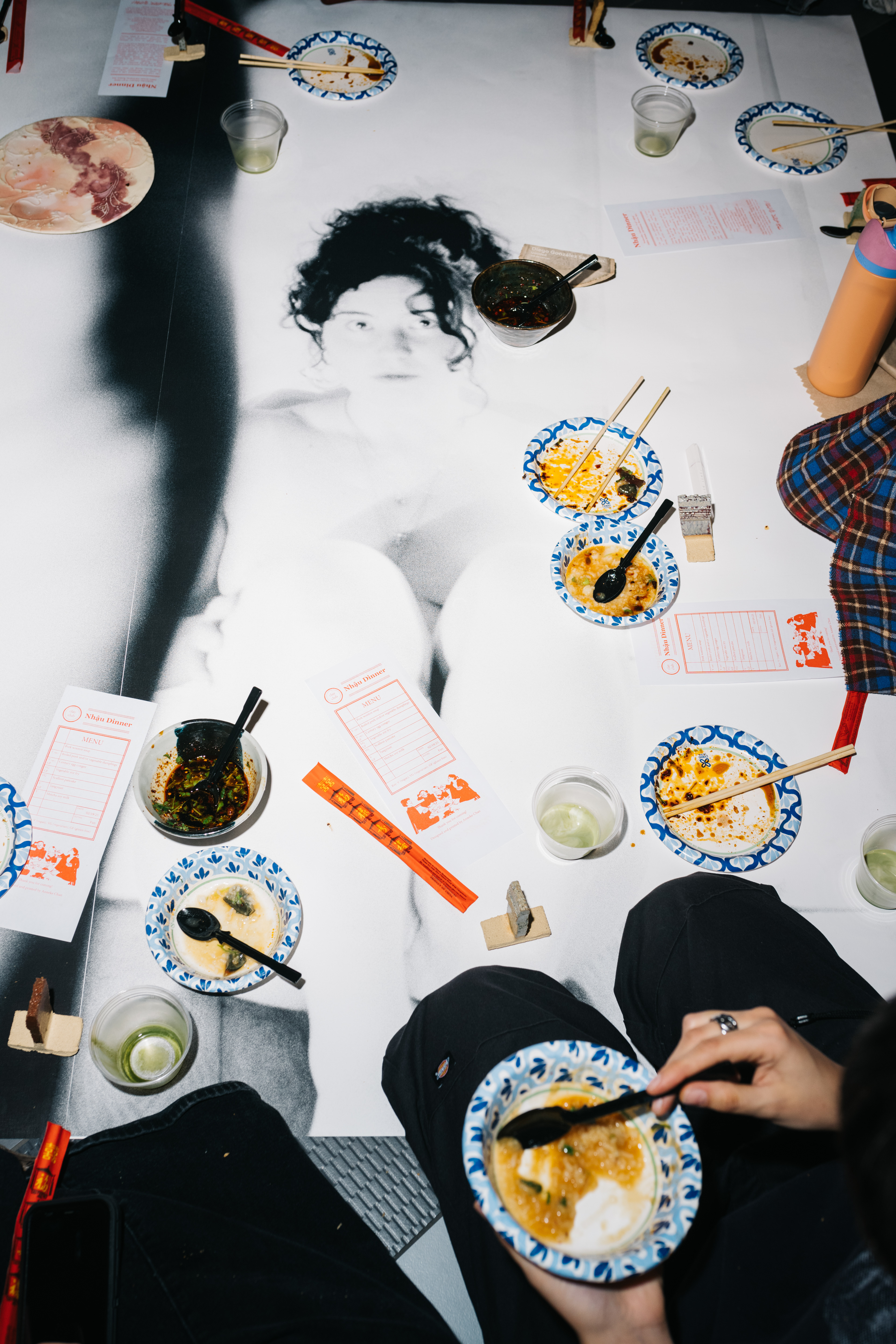

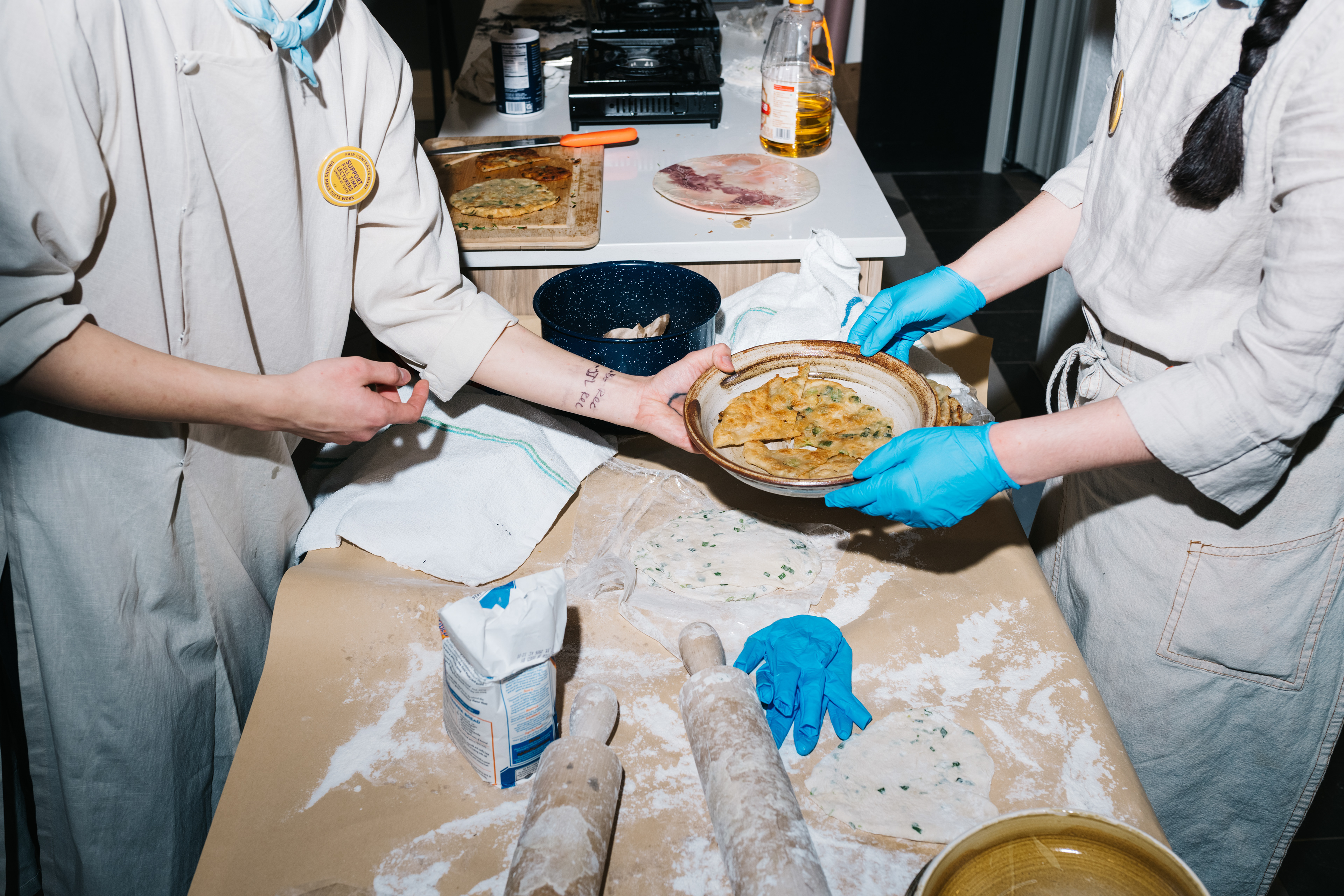

Clay Club has collaborated with 8 artists to create cross-disciplinary surfaces for dining service during the Nhậu Dinner. During the dinner, participants will sit and dine on top of the artwork, being brought into physical proximity and community by the artwork. These large-scale dining surfaces are inspired by chiếu, a versatile kind of woven mat that is used in Vietnam, often for dining, sitting, or sleeping. Although it usually functions as a physical barrier between the ground and the body, here the chiếu is instead a connector that gathers and unites strangers into family, if only for a meal. We invite people to have a more intimate and communal experience with each other and with the art at Nhậu Dinner.
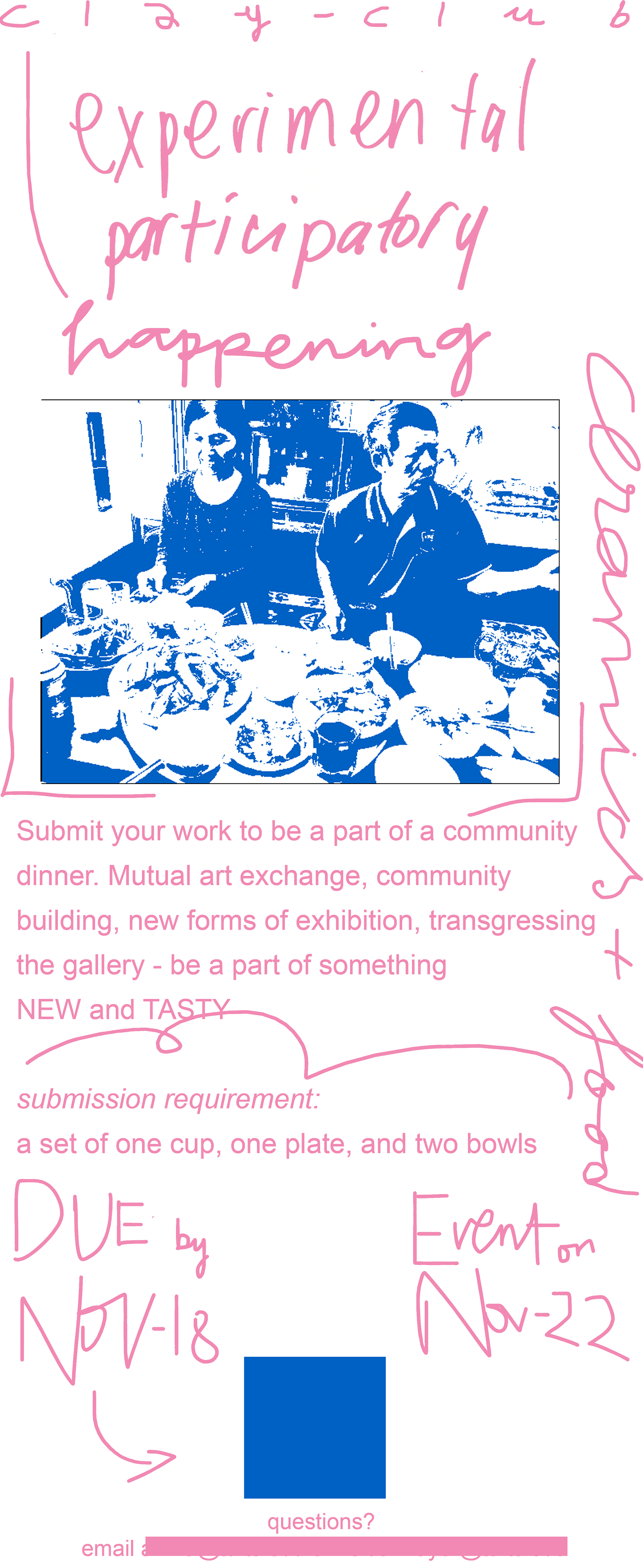

"Upon entering the library nook, guests were warmly welcomed by the soothing sounds of Vietnamese jazz and the enticing aroma of Ha’s cooking. The table was beautifully set with ceramicware crafted by students,complemented by custom feline-stamped napkins created by Zoe Haralambidis and intricately laser-etched menus all on top of a multi-layered canvas tablecloth made up of incredible paintings by Maria Cazzato. Artworks by Matilda Love, Miguel Caba and Ha adorned the walls and floors, transforming the whole space into an immersive art exhibit. Adding to the ambiance, projected overhead were beautiful video mosaics of shooting stars by Vivian Tran."